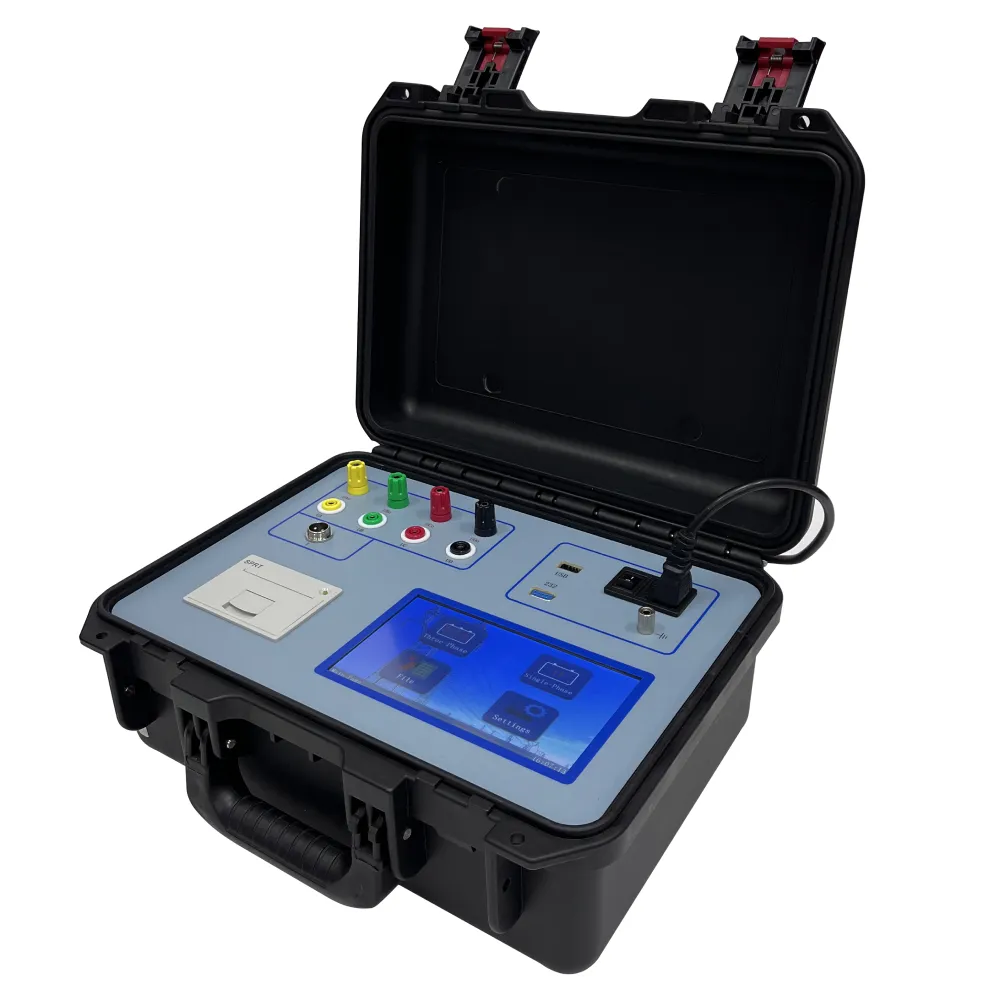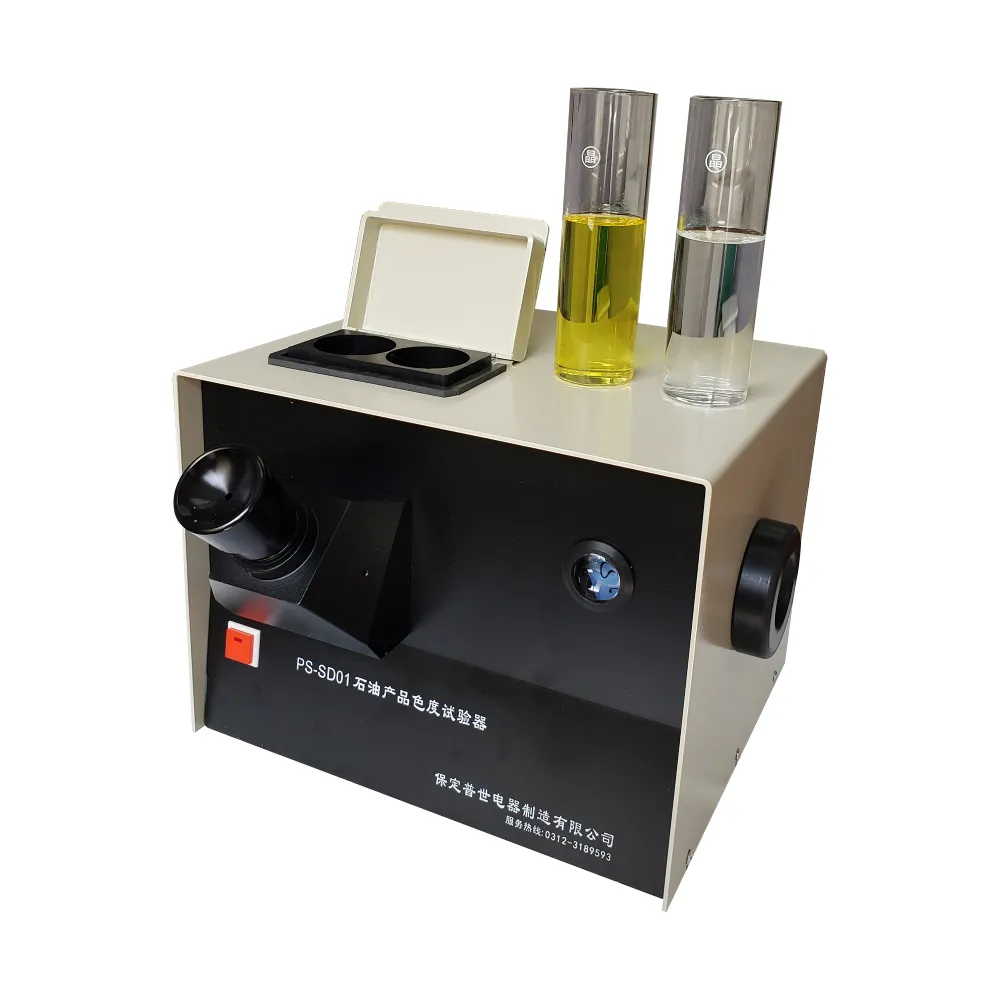TEL:
+86-0312-3189593
 English
English

Telephone:0312-3189593

Email:sales@oil-tester.com

-
 Afrikaans
Afrikaans -
 Albanian
Albanian -
 Amharic
Amharic -
 Arabic
Arabic -
 Armenian
Armenian -
 Azerbaijani
Azerbaijani -
 Basque
Basque -
 Belarusian
Belarusian -
 Bengali
Bengali -
 Bosnian
Bosnian -
 Bulgarian
Bulgarian -
 Catalan
Catalan -
 Cebuano
Cebuano -
 China
China -
 China (Taiwan)
China (Taiwan) -
 Corsican
Corsican -
 Croatian
Croatian -
 Czech
Czech -
 Danish
Danish -
 Dutch
Dutch -
 English
English -
 Esperanto
Esperanto -
 Estonian
Estonian -
 Finnish
Finnish -
 French
French -
 Frisian
Frisian -
 Galician
Galician -
 Georgian
Georgian -
 German
German -
 Greek
Greek -
 Gujarati
Gujarati -
 Haitian Creole
Haitian Creole -
 hausa
hausa -
 hawaiian
hawaiian -
 Hebrew
Hebrew -
 Hindi
Hindi -
 Miao
Miao -
 Hungarian
Hungarian -
 Icelandic
Icelandic -
 igbo
igbo -
 Indonesian
Indonesian -
 irish
irish -
 Italian
Italian -
 Japanese
Japanese -
 Javanese
Javanese -
 Kannada
Kannada -
 kazakh
kazakh -
 Khmer
Khmer -
 Rwandese
Rwandese -
 Korean
Korean -
 Kurdish
Kurdish -
 Kyrgyz
Kyrgyz -
 Lao
Lao -
 Latin
Latin -
 Latvian
Latvian -
 Lithuanian
Lithuanian -
 Luxembourgish
Luxembourgish -
 Macedonian
Macedonian -
 Malgashi
Malgashi -
 Malay
Malay -
 Malayalam
Malayalam -
 Maltese
Maltese -
 Maori
Maori -
 Marathi
Marathi -
 Mongolian
Mongolian -
 Myanmar
Myanmar -
 Nepali
Nepali -
 Norwegian
Norwegian -
 Norwegian
Norwegian -
 Occitan
Occitan -
 Pashto
Pashto -
 Persian
Persian -
 Polish
Polish -
 Portuguese
Portuguese -
 Punjabi
Punjabi -
 Romanian
Romanian -
 Russian
Russian -
 Samoan
Samoan -
 Scottish Gaelic
Scottish Gaelic -
 Serbian
Serbian -
 Sesotho
Sesotho -
 Shona
Shona -
 Sindhi
Sindhi -
 Sinhala
Sinhala -
 Slovak
Slovak -
 Slovenian
Slovenian -
 Somali
Somali -
 Spanish
Spanish -
 Sundanese
Sundanese -
 Swahili
Swahili -
 Swedish
Swedish -
 Tagalog
Tagalog -
 Tajik
Tajik -
 Tamil
Tamil -
 Tatar
Tatar -
 Telugu
Telugu -
 Thai
Thai -
 Turkish
Turkish -
 Turkmen
Turkmen -
 Ukrainian
Ukrainian -
 Urdu
Urdu -
 Uighur
Uighur -
 Uzbek
Uzbek -
 Vietnamese
Vietnamese -
 Welsh
Welsh -
 Bantu
Bantu -
 Yiddish
Yiddish -
 Yoruba
Yoruba -
 Zulu
Zulu
જાન્યુઆરી . 17, 2025 02:54
Back to list
bdv transformer test
The Unveiled Essence of Transformer Oil BDV Test An In-Depth Exploration for Industry Experts
Incorporating BDV test insights into maintenance protocols can drastically improve transformer longevity. For instance, regular monitoring of BDV can forewarn potential issues, allowing for preemptive maintenance strategies. Thus, BDV testing isn't just a diagnostic procedure but a strategic maintenance tool that supports asset management and reliability-centered maintenance (RCM) practices. Trustworthiness is elevated when the test results are performed under recognized standards. Industry-standard bodies such as ASTM D1816 and IEC 60156 provide guidelines that ensure the consistency and reliability of BDV test practices. Adhering to these standards facilitates accurate benchmarking against industry norms, enhancing the credibility of the test outcomes. When speaking of authoritativeness, companies that adopt state-of-the-art testing facilities and employ skilled technicians can offer more reliable and trustworthy BDV assessments. Such companies might invest in automated BDV testing equipment that minimizes human error, providing precise and repeatable results crucial for making informed maintenance decisions. Moreover, experiencing the hands-on nature of BDV testing underscores its crucial role. Professionals who routinely engage with BDV testing acquire insights that transcend textbook knowledge. They understand the nuanced factors that can influence test outcomes, from equipment calibration to environmental conditions. In conclusion, the BDV test of transformer oil is not just a routine check. It’s a vital procedure that embodies the intersection of experience, expertise, authoritativeness, and trustworthiness within the electrical industry. By leveraging the insights from BDV tests, industry players can enhance transformer performance, avert costly downtimes, and ensure the enduring safety of electrical distribution networks. This comprehensive understanding positions industry experts to not only preserve but also optimize transformer health, ushering a new era of electrical reliability and operational excellence.


Incorporating BDV test insights into maintenance protocols can drastically improve transformer longevity. For instance, regular monitoring of BDV can forewarn potential issues, allowing for preemptive maintenance strategies. Thus, BDV testing isn't just a diagnostic procedure but a strategic maintenance tool that supports asset management and reliability-centered maintenance (RCM) practices. Trustworthiness is elevated when the test results are performed under recognized standards. Industry-standard bodies such as ASTM D1816 and IEC 60156 provide guidelines that ensure the consistency and reliability of BDV test practices. Adhering to these standards facilitates accurate benchmarking against industry norms, enhancing the credibility of the test outcomes. When speaking of authoritativeness, companies that adopt state-of-the-art testing facilities and employ skilled technicians can offer more reliable and trustworthy BDV assessments. Such companies might invest in automated BDV testing equipment that minimizes human error, providing precise and repeatable results crucial for making informed maintenance decisions. Moreover, experiencing the hands-on nature of BDV testing underscores its crucial role. Professionals who routinely engage with BDV testing acquire insights that transcend textbook knowledge. They understand the nuanced factors that can influence test outcomes, from equipment calibration to environmental conditions. In conclusion, the BDV test of transformer oil is not just a routine check. It’s a vital procedure that embodies the intersection of experience, expertise, authoritativeness, and trustworthiness within the electrical industry. By leveraging the insights from BDV tests, industry players can enhance transformer performance, avert costly downtimes, and ensure the enduring safety of electrical distribution networks. This comprehensive understanding positions industry experts to not only preserve but also optimize transformer health, ushering a new era of electrical reliability and operational excellence.
Previous:
Next:
Latest news
-
Testing Equipment Industry Sees Major Advancements in 2025: Smart & Precision Technologies Lead the WayNewsJun.06,2025
-
Applications of Direct Current Generators in Renewable Energy SystemsNewsJun.05,2025
-
Hipot Tester Calibration and Accuracy GuidelinesNewsJun.05,2025
-
Digital Circuit Breaker Analyzer Features and BenefitsNewsJun.05,2025
-
Benefits of Real-Time Power Quality Monitoring Devices for Industrial EfficiencyNewsJun.05,2025
-
Earth Fault Loop Testing in High-Rise Building Electrical SystemsNewsJun.05,2025



